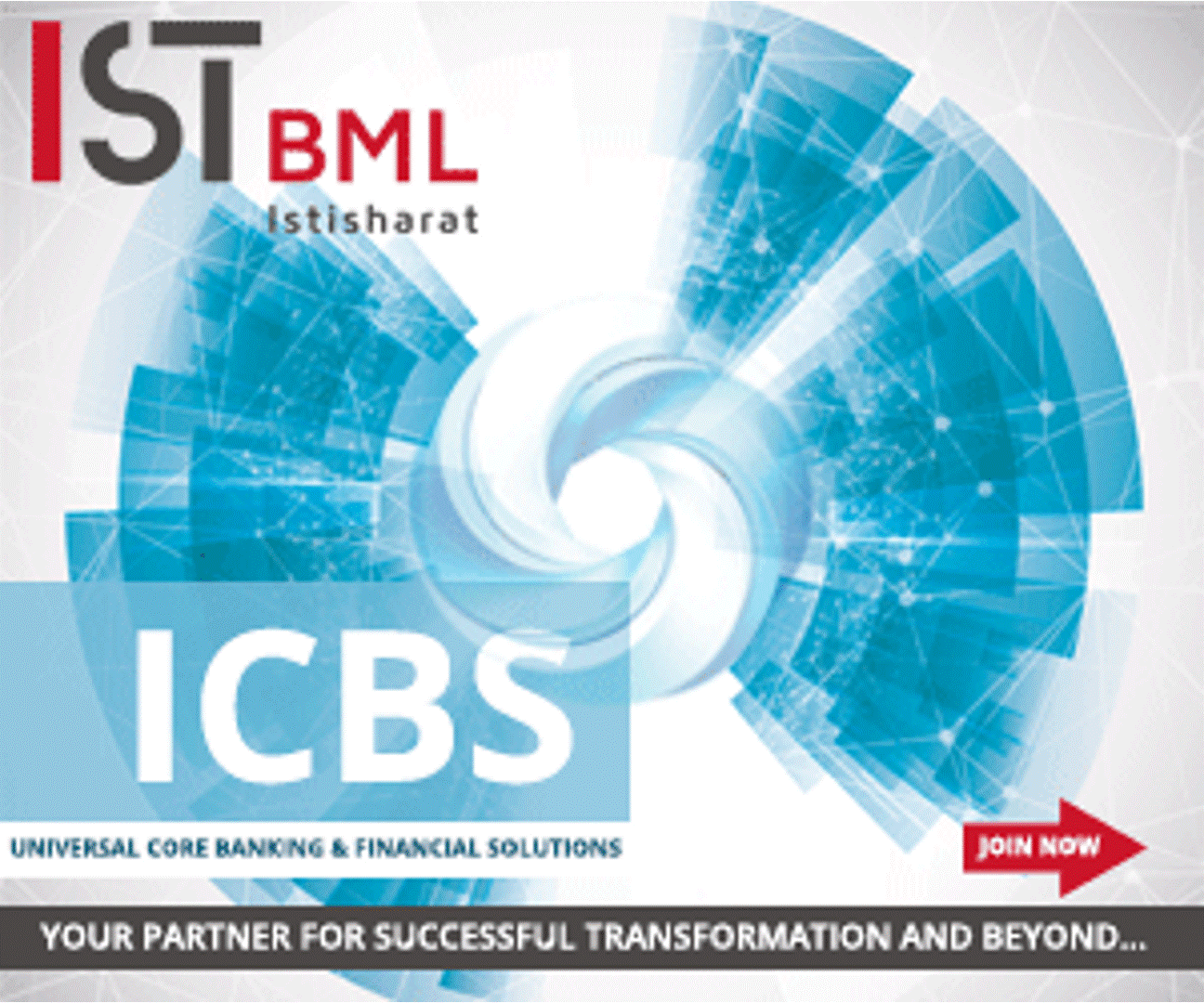 Back
Back
FinTech in the GCC will contribute $500 per capita by 2030, research reveals
By Puja Sharma
 The UAE will still have the highest value of FinTechs’ contribution to GDP per capita. It will equal $915.6 (a 44%-increase compared to 2022). The second place will be taken by Saudi Arabia with $561.5 (an increase of +650%). Next comes Bahrain with $262.3.
The UAE will still have the highest value of FinTechs’ contribution to GDP per capita. It will equal $915.6 (a 44%-increase compared to 2022). The second place will be taken by Saudi Arabia with $561.5 (an increase of +650%). Next comes Bahrain with $262.3.
Analysts of UnaFinancial have assessed the contribution of FinTech to the well-being of the GCC region. By 2030, it will equal $506.7. The UAE’s FinTech will add the highest value to its GDP per capita – $915.6, followed by Saudi Arabia ($561.5) and Bahrain ($262.3).
Islamic banking is undergoing a historic transformation propelled by groundbreaking FinTech advancements. In the last four years, assets in Islamic banking have surged from $1.8 trillion to $2.8 trillion, with a projected leap to an astounding $4 trillion by 2026, primarily driven by the GCC nations.
The analysts calculated the value of FinTech investment in GDP per capita of the GCC region using Tracxn data on funds raised by FinTech companies. In 2022, the UAE was a leader with a significant gap – $636.4 (1.01%) in GDP per capita came from FinTech. It was followed by Bahrain with $89 (0.24%) and Saudi Arabia with $75 (0.18%). For the entire GCC region, the impact of FinTech on the well-being of citizens equaled $161 per capita.
According to UnaFinancial’s forecast, by 2030, the UAE will still have the highest value of FinTechs’ contribution to GDP per capita. It will equal $915.6 (a 44%-increase compared to 2022). The second place will be taken by Saudi Arabia with $561.5 (an increase of +650%). Next comes Bahrain with $262.3. Despite the smaller value, it is projected to show a 3-times increase over 8 years, which is due to the rapid development of FinTech in the country from 2021. For the GCC region, the FinTech influence will increase from $160.8 to $506.7 per capita.
The global Islamic FinTech market is estimated to reach around $79 billion in transactions in 2021, with an expected average annual growth of 18%, reaching $179 billion by 2026. The largest FinTech markets are in Saudi Arabia, Iran, Turkey, UAE, Malaysia, and Indonesia, with Indonesia leading in the number of Islamic FinTechs. Crowdfunding, investment platforms, robo-advisors, payment services, digital banks, smart contracts, blockchain, cryptocurrencies, information security in the financial sector, and InsurTech are promising directions for the digital transformation of Islamic banking.
UnaFinancial’s analysts commented, “In terms of investment in FinTech, the UAE makes up 62% of the entire GCC region. This is explained by the level of economic development of the country compared to other countries of the region. The GDP per capita for the population aged 15+ in the UAE equals $63,359, which is almost 4 times higher than the average in the GCC (excluding the UAE). Saudi Arabia and Bahrain are the countries with high average annual growth rates of FinTech influence – 182.4%, which exceeds the region’s average by 1.5 times. Meanwhile, Kuwait, Oman and Qatar are in a transition phase. The average growth rate of FinTech influence on the well-being of their citizens equals 166.3% per year. Yet, there are higher investment risks due to lower economic stability.”
IBSi FinTech Journal
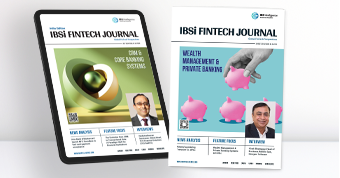
- Most trusted FinTech journal since 1991
- Digital monthly issue
- 60+ pages of research, analysis, interviews, opinions, and rankings
- Global coverage
Other Related News
Related Reports
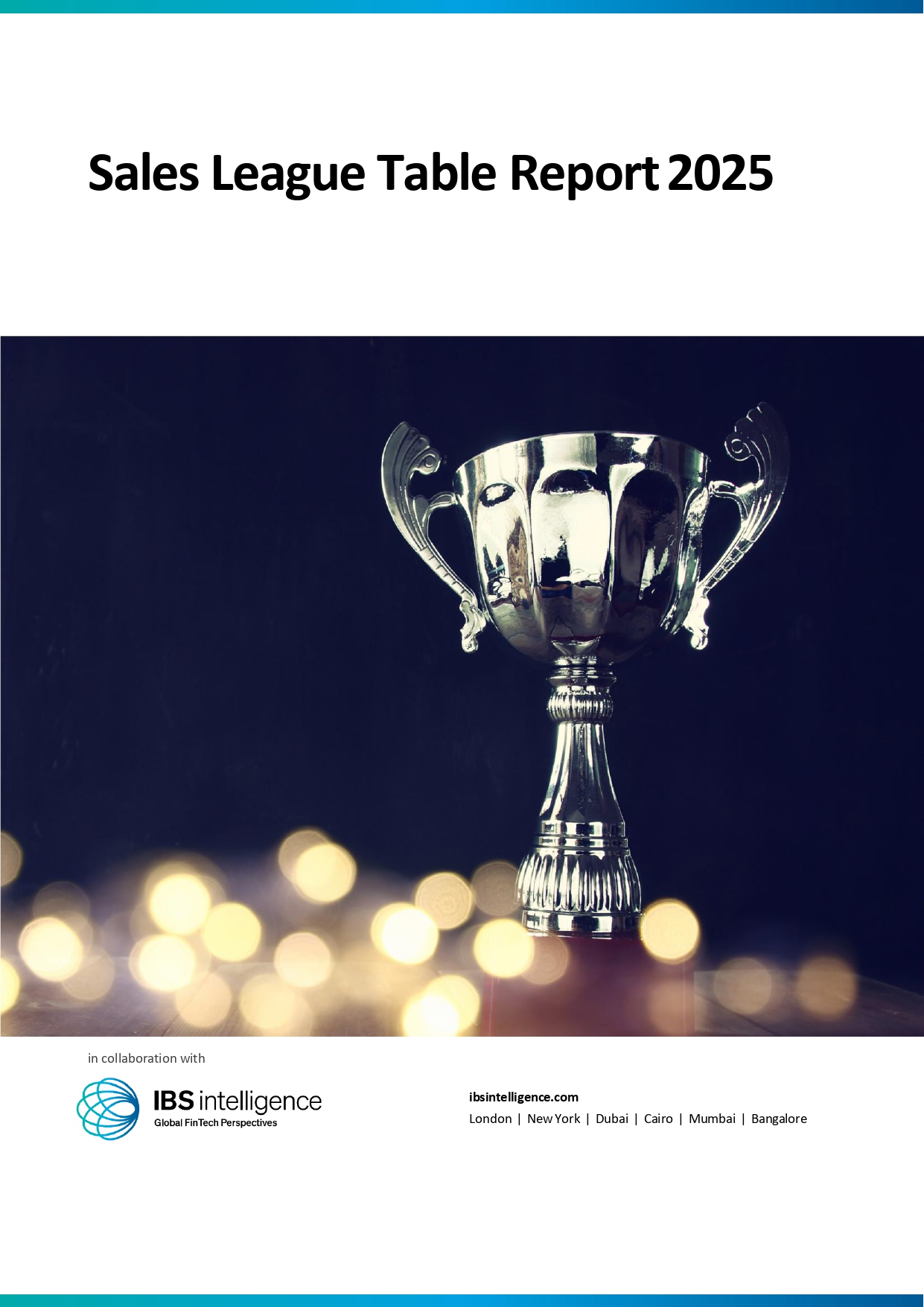
Sales League Table Report 2025
Know More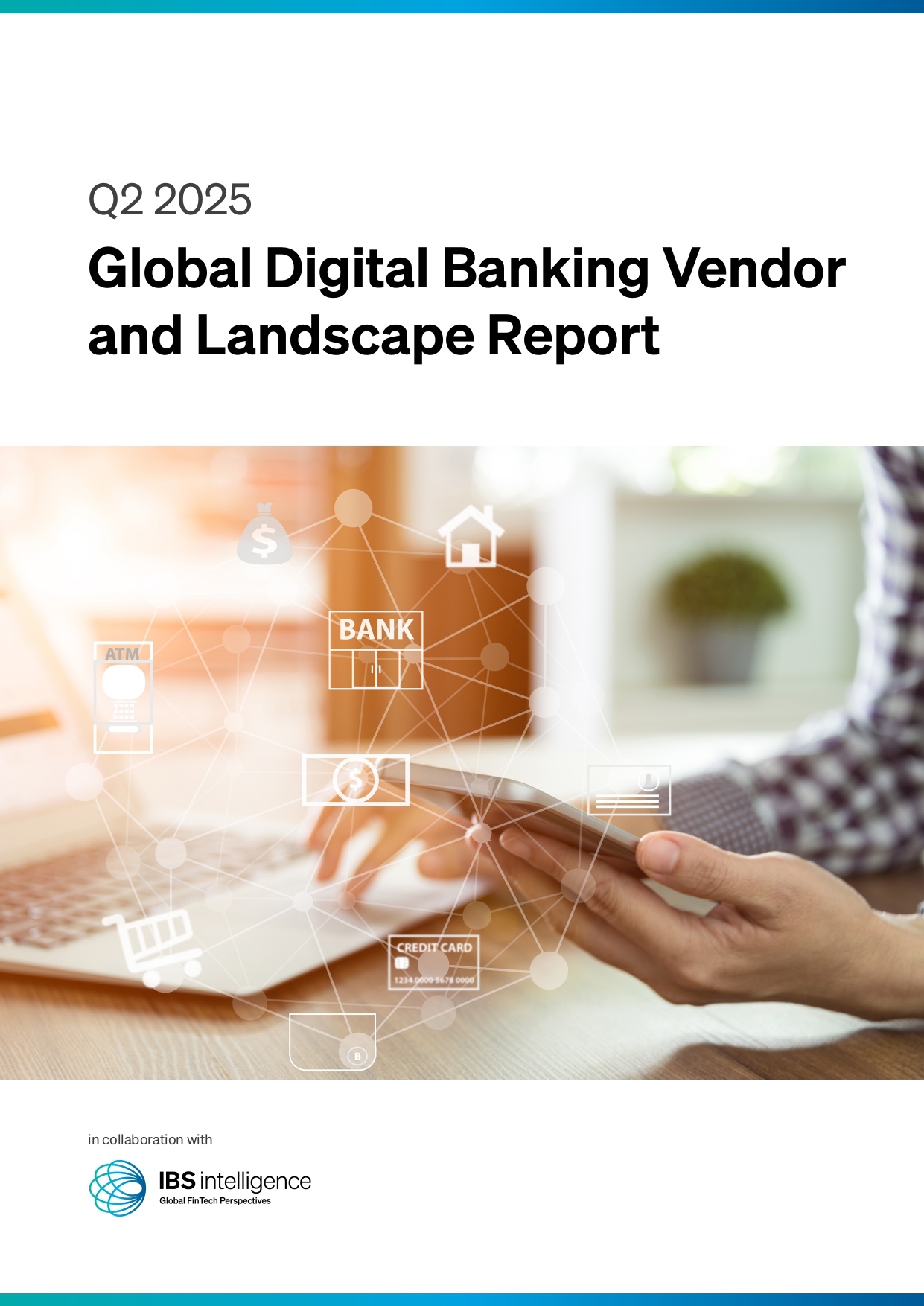
Global Digital Banking Vendor & Landscape Report Q2 2025
Know More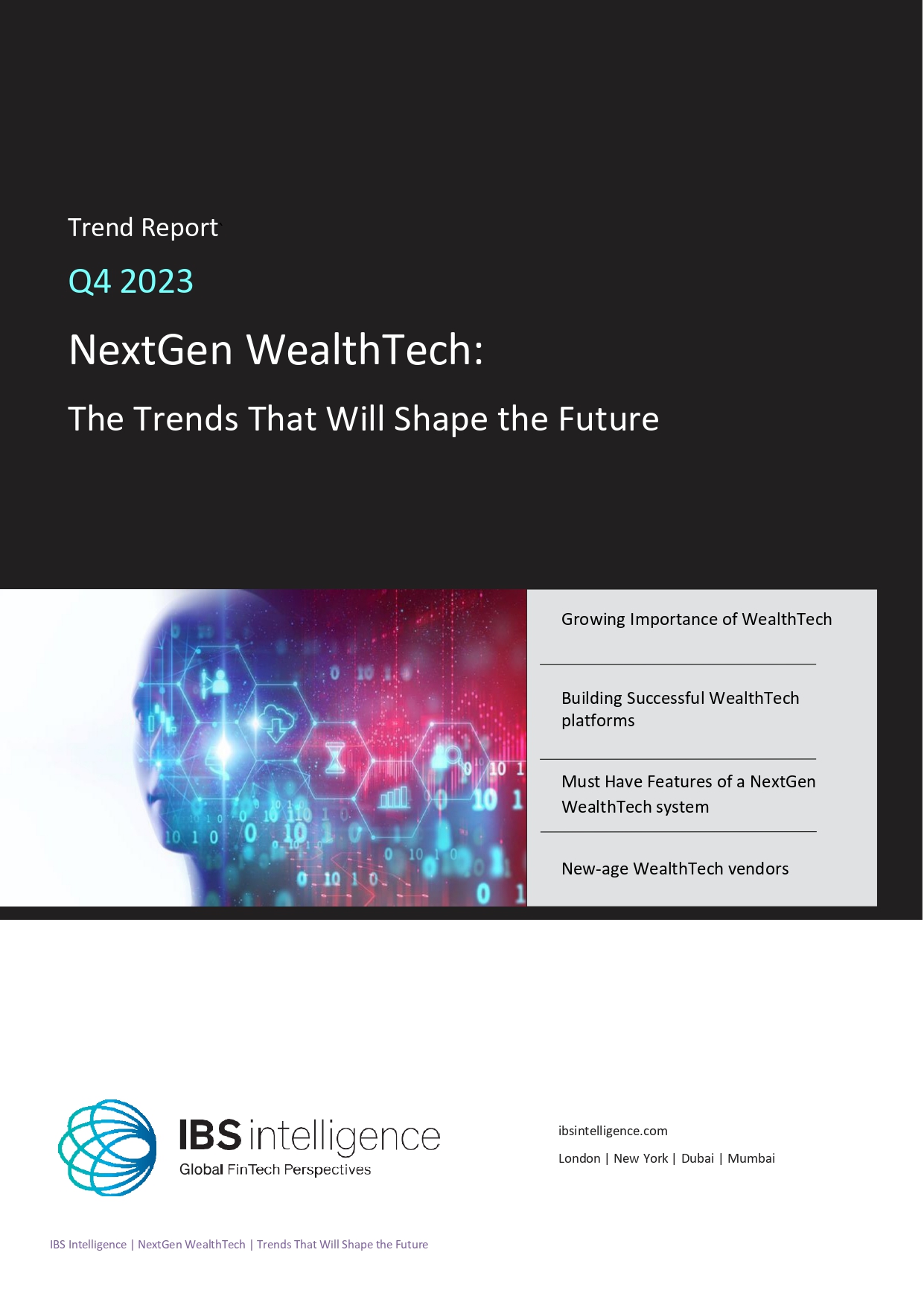
NextGen WealthTech: The Trends To Shape The Future Q4 2023
Know More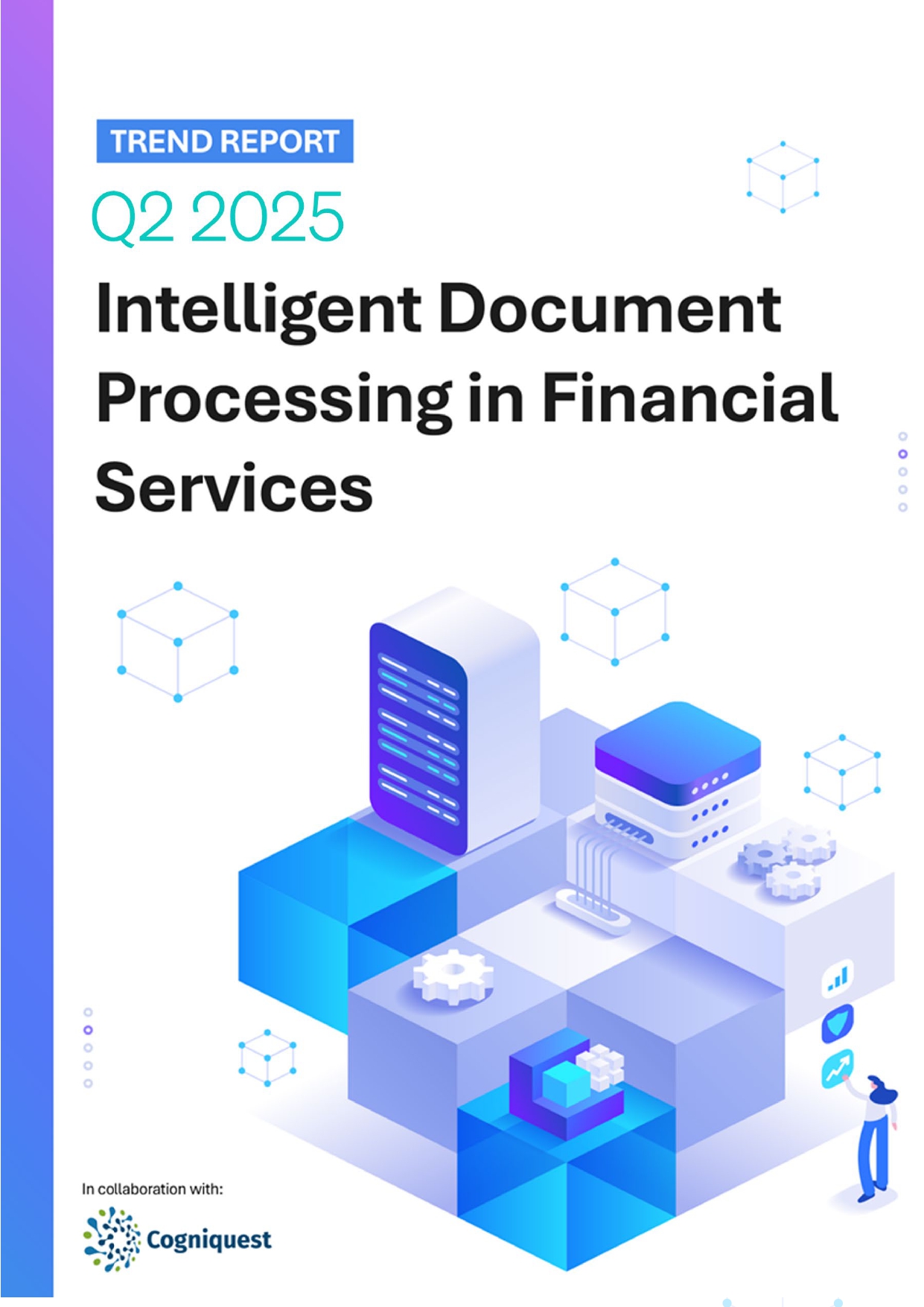
Intelligent Document Processing in Financial Services Q2 2025
Know More

